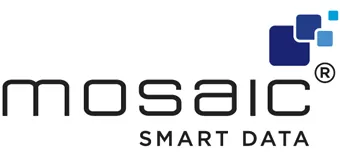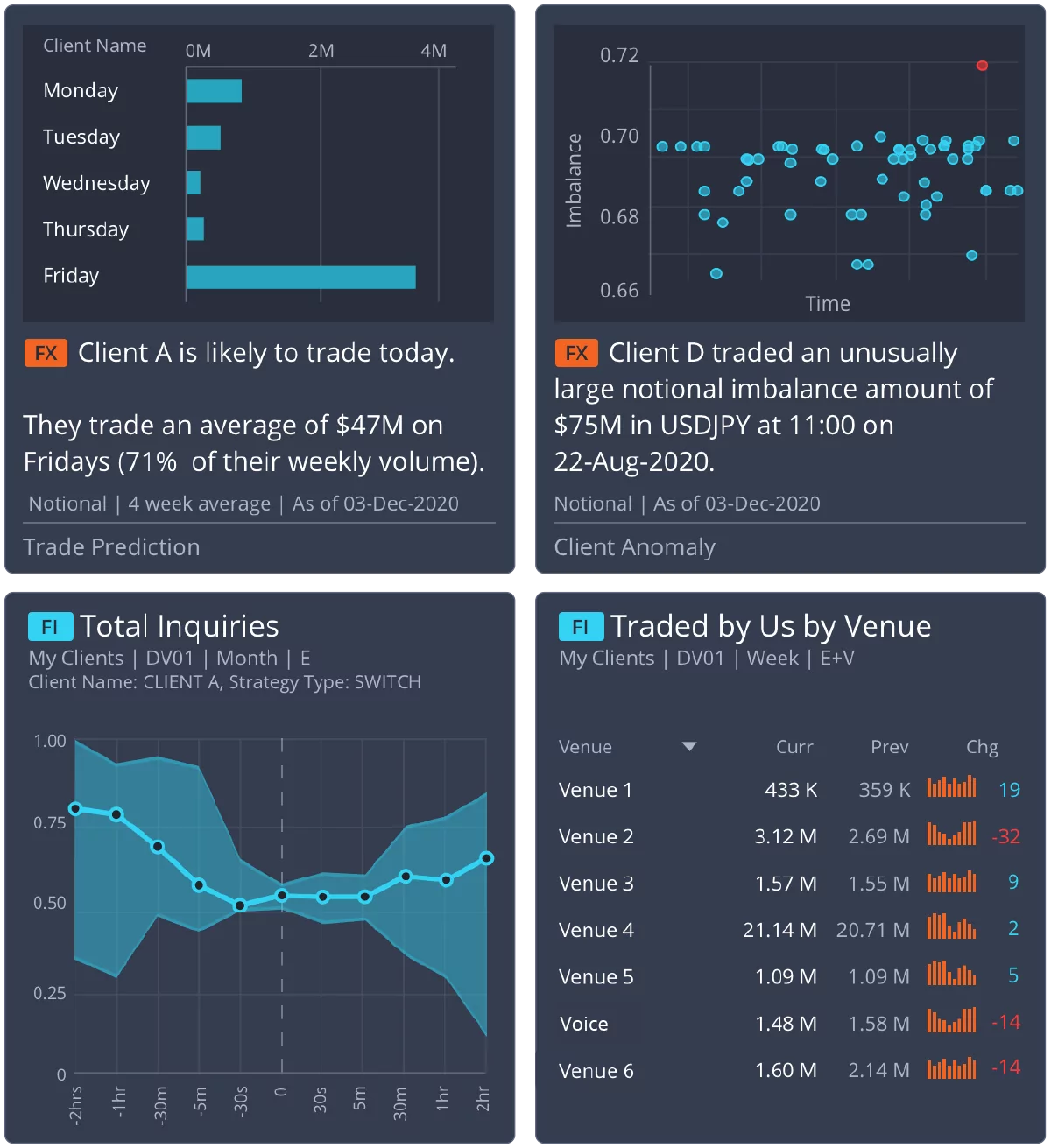Steps Ahead
Transforming Big into Smart: How FX can benefit from the alchemy of new data technology
To say data is critical to success in today’s FX market is a vast understatement, but for many banks, the ability to extract the true value of their data has remained beyond their grasp. Adoption of AI and machine learning to this end is now picking up pace amongst forward thinking participants – and firms that don’t adopt it will soon be at a significant competitive disadvantage.
By Matthew Hodgson, CEO of Mosaic Smart Data
The value of market and transactional data is nothing new. It’s the lifeblood of financial markets and an integral component in every participant’s toolkit. Every institution uses its data differently – but what unites many of them is that they are not fully maximising its value.
In the FX market, this is particularly apparent. All FX trading businesses are under unparalleled pressure due to the changing risk conditions and increased scrutiny due to the constraints of new regulatory initiatives.
In addition, the spot FX market has become increasingly fragmented across multiple electronic and voice trading channels, creating a unique heterogeneity challenge when it comes to data. Firms also need to be able to extract insight from a growing number of unstructured data sources in addition to their internal client data, including newsfeeds and other macro sources.
Against this backdrop, many FX trading firms struggle to unlock the value in their data and transform it from ‘big’ to ‘smart.’ Thankfully, there is a solution: advanced analytics, powered by AI and machine learning.
The key driver for the growing adoption of this technology is the demand for improved productivity. A recent PwC survey found that an overwhelming number of financial institutions recognise they must accelerate productivity efforts if they are to create sustainable business models. 72% stated they were planning to implement specific productivity measures, compared to just 53% in 2018.
Of these institutions, 54% are using AI, 40% deep learning and 37% robotic process automation – and 90% of these businesses have seen an improvement in productivity as a direct result.
This technology has been in use by the most sophisticated FX firms for years, mainly for modelling around pricing and price execution. Many of them already have whole teams dedicated to model validation. And these tools are equally as valuable to small banks as they are to large banks – if you have a robust enough FX transaction flow, your productivity can be boosted with AI.
Where it is much more in its infancy is in scenarios where humans and machines must cooperate. However, adoption here is also now growing, and is expected to radically accelerate because – quite simply – firms that don’t adopt it will soon be left behind.
Partnering with an expert – the shortcut to success
It’s not quite as simple, however, as flicking a switch and suddenly extracting actionable insight from your data. All analytics programmes must begin with putting fundamental data foundations in place. Without the right preparatory work, valuable insights may remain inaccessible, and AI will have limited benefits.
Quality over quantity is also key. Consuming vast swathes of market data is no longer the be-all and end-all of data usage. Instead, intelligent data analytics is based around the premise that less data that is more comprehensive is better than vast quantities that lack value.
Despite this, some market data vendors are still trying to sell unyielding swollen data sets that are incoherent, unwieldy and require huge amounts of time to extract anything of any value.
For a bank to truly transform its FX business, it must turn its big data into smart data. But how can this be achieved? Banks’ technology teams can’t possibly work across every possible project and explore the full potential in all emerging fields such as data science and AI simultaneously. Even the largest firm would struggle to find the internal resources to ensure each avenue is explored thoroughly.
Knowing when to engage the help of specialist fintech partners is a critical step towards gaining a competitive edge. Perhaps the most obvious question a firm should ask is: what is this project’s chance of success?
In today’s environment banks must do everything in their power to ensure they minimise innovation risk – and the quickest route to success is partnering with innovative fintech startups to implement best-in-class solutions quickly and efficiently, with predictable and transparent costs.
One step at a time: laying the foundations for implementation of AI
All FX trading firms sit on a vast untapped bedrock of market and transactional data. This data is a precious commodity, but the majority of these institutions are unable to harness it in a way that allows them to provide added value, AI-powered services direct to customers and generate more income for themselves.
As the FX market evolves, banks will have to be smarter than ever when it comes to gaining a comprehensive view of their data and extracting value from it. As the PwC survey found, productivity is key to retaining a competitive edge, and AI can allow the FX desk to predict its clients’ needs far more effectively and, ultimately, drive more business.
Using AI and machine learning you can, for example, see which customers are about to defect, and therefore up your defensive measures – after all, it’s much more expensive to gain a new customer that maintain an existing one. You can also become more offensive, because you are able to see what customer activity you anticipate on a particular day and then serve that customer with the appropriate inventory.
This technology can be leveraged to improve the service a bank’s FX desk can offer to all types of client – corporates, retail customers, hedge funds, asset managers, central banks and even internal clients.
Another application of AI and machine learning is atomised research. This is hyper-customised research – often only a few paragraphs, rather than pages and pages, and relevant only to the specific trades a customer has been active in.
However, before this can be implemented, the journey must begin with the normalisation of transaction and market data. Aggregating, standardising and enriching data sets are the foundation of any successful analytics programme.
From this solid foundation, advanced analytics and AI tools can then begin to deliver value, providing insights across the organisation. The critical gain firms will experience on this journey is analysis and reporting becoming dynamic, actionable and profitable.






